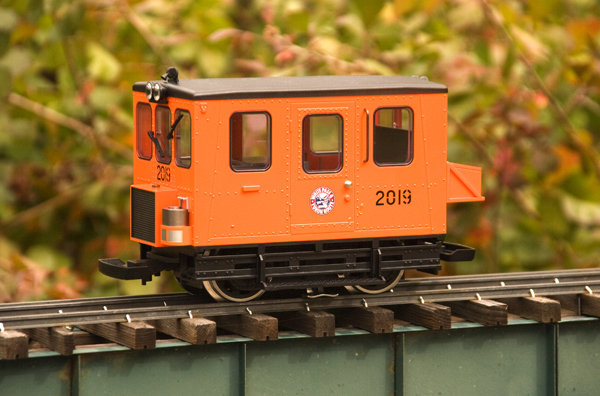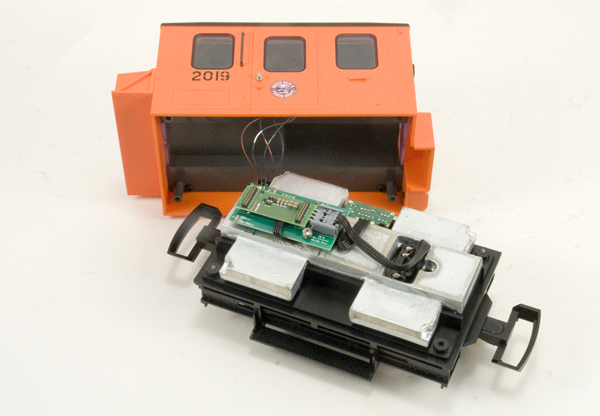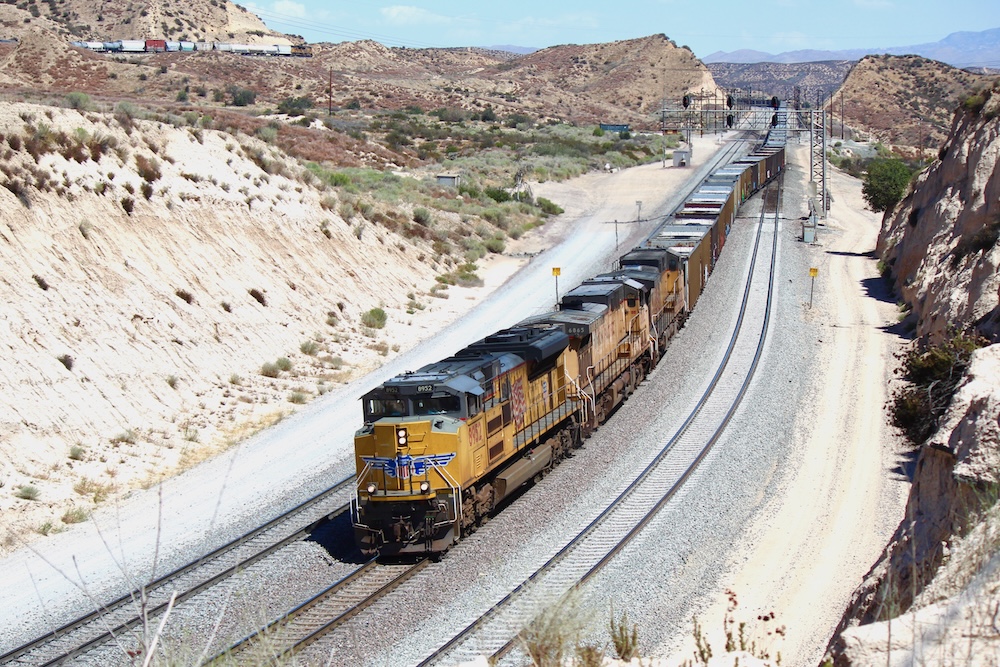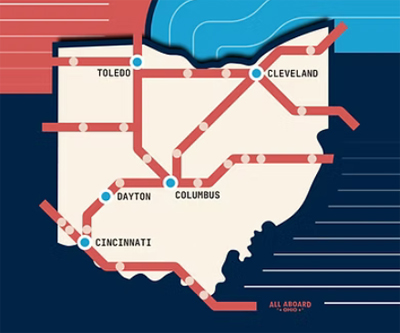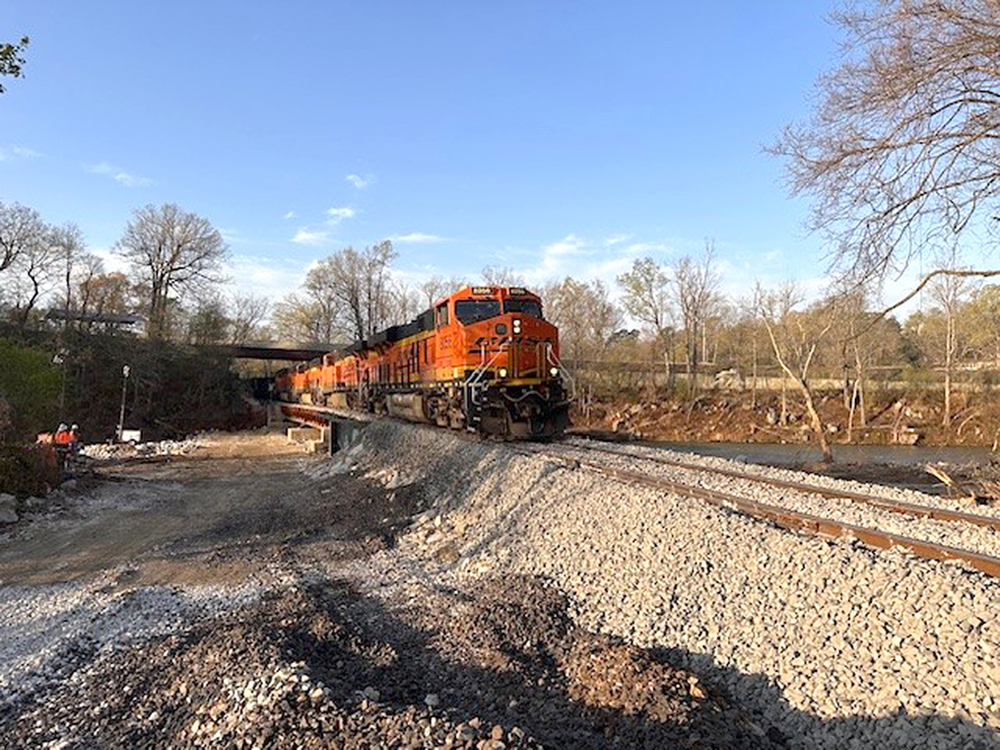LGB
Märklin Inc.
PO Box 510559
New Berlin WI 53151
Price: $329.99
Website: www.lgb.com
White Pass & Yukon gang car (#L20060); gauge 1; loop couplers; link-and-pin couplers also provided; all wheels powered; power pickup from all wheels and skates; interior detail; ball-bearing motor; directional headlights/marker lights; DCC ready. Dimensions: length (over grill and toolbox) 71/4″; body width, 3 5/16″; height over roof, 4 3/4″
Pros: Solid construction; excellent graphics; good representation of prototype; excellent running characteristics; reasonable level of detail
Cons: No scale specified; barely adequate instruction booklet
This model is typical of LGB’s products. It is primarily comprised of high-quality plastic moldings. The body features some rudimentary interior detail. The speeder’s grill appears at the front end, while a full-width toolbox graces the rear. Color appears to be from the unpainted plastic itself. Our review sample is orange, with a black roof and frame. The unit is also available in White Pass’ green-and-yellow livery (#L20061). Numbers and the White Pass logo are neatly pad-printed on the sides and ends. The car is fitted with loop couplers on either end (no hooks). These can easily be swapped for plastic link-and-pin couplers, also provided.
Power is via a typical LGB motor block. There are six power-pickup points—four wheels and two sliding skates. A large ball-bearing motor is concealed in the black-plastic block. This is geared to both axles. The spoked wheels are intended to represent the pressed-steel wheels of the prototype. A dummy (non functional) chain-drive can be seen behind the footboards on one side.
A very basic instruction manual is provided with the gang car. A couple of lines tell you that the unit is compatible with LGB’s Multi-Train-System and that you must remove the plug on the decoder interface before connecting a decoder. However, it doesn’t tell you where to find that interface. The interface was nowhere external. A diagram at the end of the book does show which screws are to be removed to open the body. This I did and, when the body was removed, a circuit board was revealed. The booklet recommends that, should you desire MTS control, an authorized dealer should install the decoder for you.
I tested the speeder as supplied, using analog power from an LGB Jumbo power pack. The lights are supposed to be directional, with a single red marker (tail) light coming on when the car travelled in reverse and the twin headlights coming on when in forward. On our review sample, the red tail light came on strongly when the car was travelling backward and it flickered when travelling forward, while the headlights didn’t come on at all. However, when the speeder was turned around on the track, the reverse happened—the headlights worked but the tail light didn’t. There is a four-position power switch under the floor of the unit that functions as follows: 0—off; 1—interior lights and markers only activated; 2—interior lights only activated; 3—motor and lights activated. Given the problem I encountered with the lights, I’m not certain this is correct. There are no numbers actually on the switch, so you’ll have to figure out the switch position by trial and error.
Operation was smooth and quiet, as we have come to expect from LGB. Slow-speed control was excellent. Top speed was greater than the prototype would be capable of. At just under three pounds, this unit weighs as much as a small locomotive and, indeed, could be used as one. A full-size speeder would be straining to move a single car; this one could haul several. With a tractive effort of around 10 ounces, the gang car should be able to pull half a dozen or so average freight cars on straight, level track before slipping.
LGB offers a little four-wheel flatcar to accompany the gang car (#L49191, $49.99). The gang car is an unusual piece of motorized rolling stock. LGB’s model is well constructed, accurate, attractive, and a good performer.





